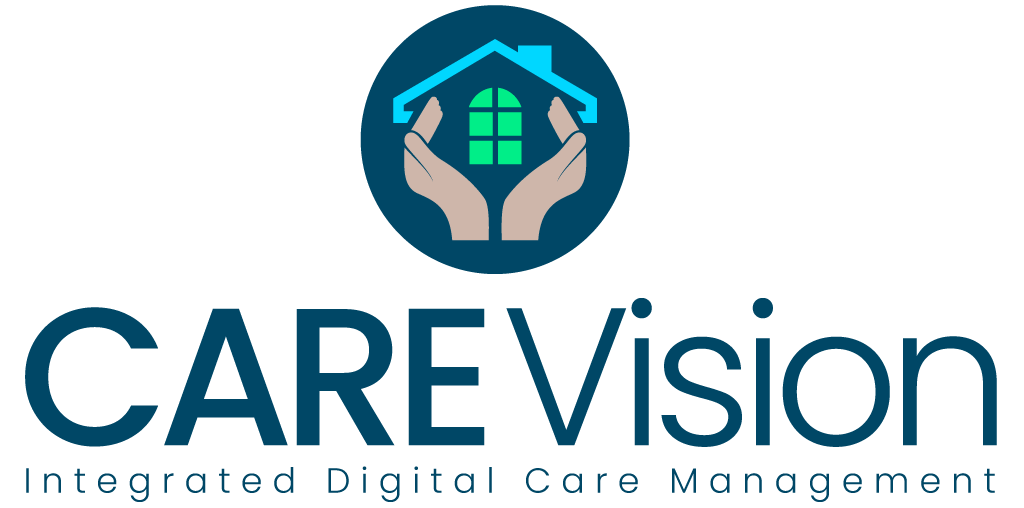According to UK charity Stroke Association, 100,000 people are affected by a stroke in the UK each year. There are around 1.3 million people stroke survivors currently living in the UK. Strokes happen when blood flow to the brain is cut off. This kills off brain cells and causes damage that can be fatal if medical help is not provided quickly enough. Even with rapid treatment, a stroke can lead to brain damage affecting many areas of life to a lesser or greater degree. These can include speech, mobility, emotions, vision, memory and concentration.
For some people, the after-effects of a stroke are temporary and wear off entirely. For others, stroke can lead to permanent, life-altering changes that require a higher degree of care and support. This often leads to the need for longer-term professional care, even after being discharged from hospital. The levels of specialist care required are higher than would be possible in the person’s own home. This is where residential care for stroke patients can offer a safe, effective and compassionate solution.
Signs and risk factors in residents
The main thing for care homes to do to help their residents mitigate the effects of stroke is to know and watch out for signs that someone in the home might be having a stroke – whether that is for the first time, or a repeat of a previous event. Common signs include a drooping face, particularly around the eyes and mouth. This can affect speech, so another common sign of stroke is slurred words and difficulty speaking. Another indicator is if someone is unable to life one arm. Strokes tend to affect only one side of the body, so this is a common sign. If care staff see any of these signs in a resident, or indeed anyone, it is vital to call emergency services immediately. Treatment is far more effective the sooner it is administered.
Essential services and support
Care homes should be well set up to look after people who have had a stroke, including medical equipment and nursing support, medication and therapies, nutrition and diet. For people who have lost mobility, it is important that the care home is as easy to navigate as possible. Wide corridors, uncluttered rooms with no trailing wires or cables, well-lit communal areas, adapted bathrooms and plenty of grab rails and mobility aids can help people move around the care home, either assisted by staff or under their own steam. People recovering from strokes should have access to external medical experts and visiting therapists to help speed up their recovery while keeping progress under full supervision.
Therapy, speech and communications
If someone’s communications and speech is affected by stroke, there is generally a number of ways in which speech therapists and other experts can help improve matters. Therapists can teach stroke patients new ways to communicate, as well as how to use their facial muscles to speak more clearly and consistently. Care homes should make provisions for speech therapists to visit regularly. Making private space available for speech and other therapy sessions can also greatly assist in both recovery and maintaining dignity and confidentiality for residents during sessions. The same goes for other visiting professionals, such as physiotherapists, occupational therapists, counsellors and specialist stroke nursing teams. Care staff should also be trained themselves in how to help stroke patients communicate and practise their speech to regain confidence and skills during their time in the home.
Socialising and confidence
Having a stroke can make the person affected lose confidence. Not only in their physical abilities, but in how to socialise and make connections with others. Difficulties with balance, concentration or speech can make socialising with other people much harder. Yet the more we withdraw, the less satisfaction we feel from interacting with others and being part of a wider community.
For care home residents, getting out and about can be even harder, especially if they don’t have many friends or family members willing or able to take them out for visits and trips away from the home. Establishing an active social calendar inside the care home is vital for people recovering from stroke. It helps people feel involved and entertained, even if they prefer to sit and watch until they feel stronger or more confident to join in. Stimulation can help the brain make connections and repair parts of the damage, while taking part in activities provides excellent opportunities to practise speech and stay as active as possible, both physically and mentally.





